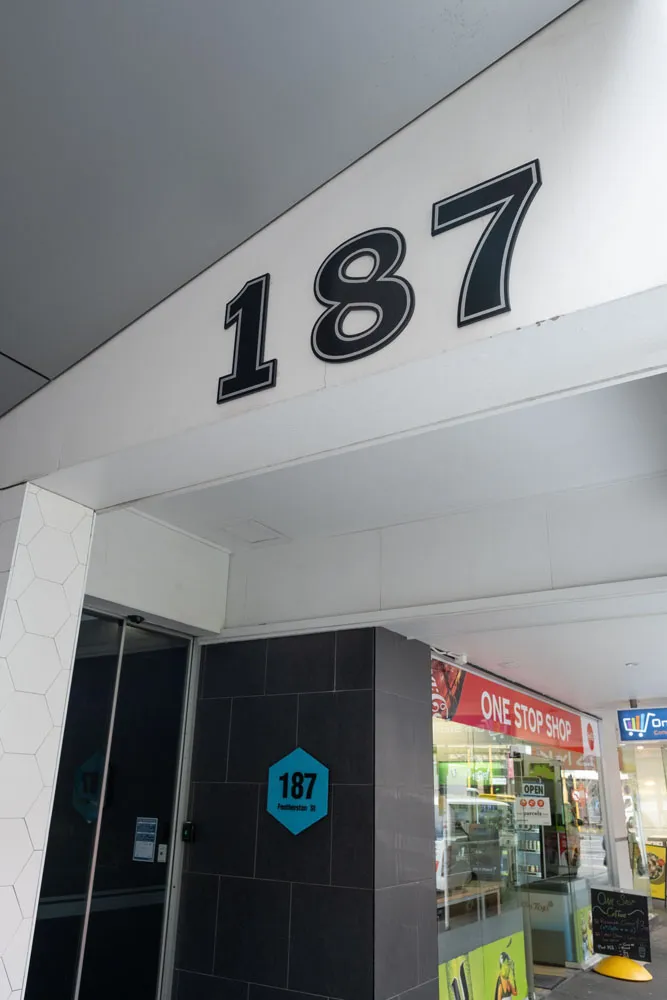Services
Services
Check & Detect
Skin check with dermatologist diagnosis, full body imaging, and monitoring over time.
Skin check with dermatologist diagnosis and full body imaging.
Skin check with dermatologist diagnosis.
Treat
From topical creams to surgery we can help you choose the best treatment plan for your skin cancer.
Which skin check is right for you?
Professional services
Look after the health and wellbeing of your staff. Skin checks with dermatologist diagnosis delivered onsite or in clinic via voucher programs.
Fast tracked dermatologist diagnosis for your patients with a comprehensive report to co-manage your patient’s care.




















.webp)






